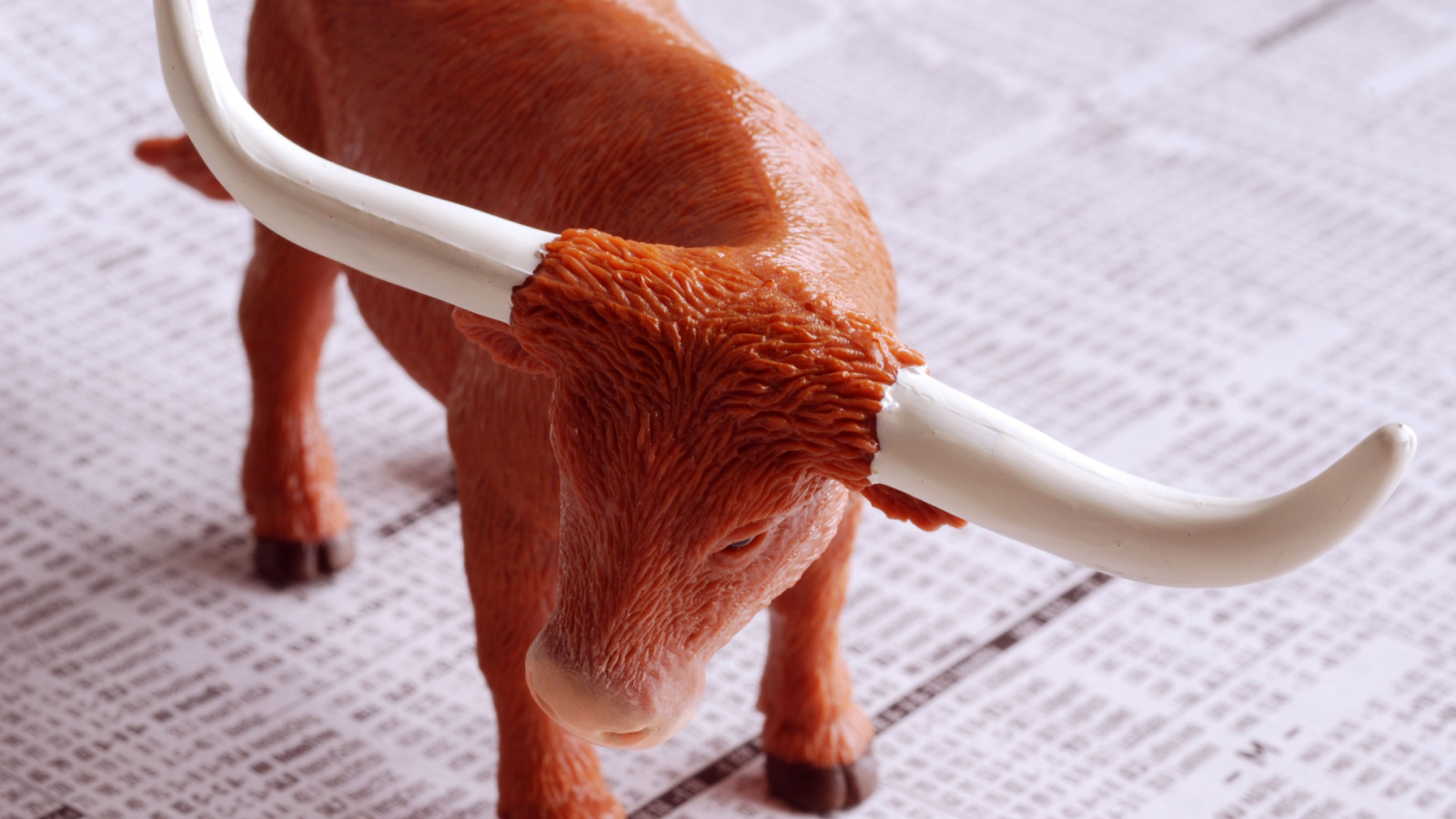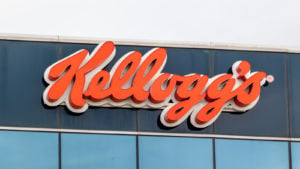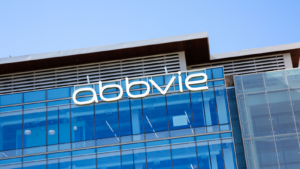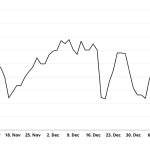
Navigating the thunderstorm of fluctuating markets, savvy investors anchor their portfolios with the best forever stocks.
These stocks have proven resilient in the face of economic uncertainties and continue to flourish amid influential megatrends. These paragons of consistency boast tremendous histories of relentless expansion rooted in sectors indispensable to our daily grind.
What sets them apart is a formidable moat, be it robust brand equity, cutting-edge technology, or potent network effects, shielding them from competitive challenges.
These titans have a strong market position because of their financial strength, including robust balance sheets, consistent profits, and healthy cash flows. Opting for a ‘hold-forever’ approach isn’t just strategy; it’s a commitment to enduring quality and belief in a company’s perpetual long-term potential.
Best Forever Stocks: Realty Income (O)

Realty Income (NYSE:O) is a true beacon for investors seeking stability because of potential stagflation. Despite a 22.7% dip in its share price over the past year, driven by the uncertain real estate climate and rising interest rates, the firm boasts robust fundamentals.
These include a diversified tenant roster with an impressive track record of almost 30 consecutive years of dividend growth and a solid A-credit rating.
The company recently reported a promising 27% surge in sales for the second quarter of 2023. Its solid position is underscored by its steady funds from operations growth, ensuring its position as a reliable long-term source of income.
This reliability is highlighted by its latest announcement, a 25 cents per share monthly dividend, pointing to a forward yield of 6.3%. Thus, for investors prioritizing consistent income, Realty Income presents a compelling portfolio candidate, offering an incredible blend of stability and growth potential in an uncertain market landscape.
Coca-Cola (KO)

Coca-Cola (NYSE:KO) is an iconic brand synonymous with consistent demand, particularly in times of economic strain. The company epitomizes the “trade-down effect,” where consumers aren’t ready to forgo their favored beverages completely.
This resilience, coupled with a sparkling dividend yield of approximately 3.4% and a remarkable 60-year streak of growth, cements the company’s status as a top Warren Buffett pick.
Coca-Cola isn’t just a Dividend King; it’s a fortress of reliability, buoyed by unwavering demand, steadfast earnings growth, and an incredible dividend history. Recent quarterly earnings further sweeten the deal, with figures fizzing past Wall Street’s expectations and an upward trajectory in its full-year outlook.
Its third quarter results showed a refreshing beat, with adjusted earnings per share hitting 74 cents, surpassing expectations by 69 cents. Revenue swelled to an adjusted $11.91 billion, outpacing the projected $11.44 billion.
Net income attributable to shareholders sprang from $2.83 billion a year ago to $3.09 billion. Hence, in the investment landscape, Coca-Cola continues to be the beverage of choice for those seeking long-term, reliable holds.
Procter & Gamble (PG)

Procter & Gamble (NYSE:PG) stands as a solid investment, even as it navigates the choppy waters of a strong U.S. dollar amidst higher interest rates. Its recent first quarter 2024 results showcased earnings per share of $1.83, outpacing analyst estimates by 11 cents while affirming its operational strength.
P&G’s CEO anticipates lower commodity prices in fiscal 2024 to effectively bring in $800 million in savings, potentially contributing an added 34 cents to its profits.
Furthermore, the company’s financial acumen shines with its astute projection to convert 90% of its net earnings into free cash flow, resulting in an impressive $13.4 billion.
Its powerful cash position not only covers dividend payments but also supports its ongoing share repurchase initiatives. Looking ahead, P&G is poised for a rebound in sales volume, thanks to easing year-over-year comparisons and a strategic bump in advertising and retail execution.
Also, the potential for sales revitalization in China, P&G’s largest market outside the U.S., adds another layer of optimism.
Johnson & Johnson (JNJ)

Johnson & Johnson (NYSE:JNJ), a renowned name in the healthcare space, recently unveiled third quarter results zooming past Wall Street estimates, with both earnings and revenues surpassing expectations.
This positive trend is part of a larger narrative of resilience and strategic growth, especially after it divested its consumer health segment, Kenvue, in August. This strategic move has allowed JNJ to channel its energies into its high-performing pharmaceutical and medical devices sectors, showing robust sales.
Also, JNJ is an established “dividend king,” boasting an incredible 60-year streak of escalating dividends, underscoring its reliability as an income stock. The current forward dividend yield stands at an attractive 3.1%, with dividends having surged by an average of 6% annually over the past five years.
The recent quarter saw JNJ record an earnings-per-share of $2.66, outstripping the predicted $2.52, and revenues touching $21.35 billion, higher than the anticipated $21.04 billion. Moreover, sales have witnessed a 6.8% upswing from the same period last year.
Emboldened by these stellar figures, JNJ has revised its full-year guidance upwards, forecasting 2023 sales between $83.6 billion and $84 billion and an EPS range of $10.07 to $10.13.
Amazon (AMZN)

Amazon (NASDAQ:AMZN) Amazon is a top-tier tech giant birthed from a modest online bookstore in the ’90s, which now stands as an indomitable force in global ecommerce.
Its empire isn’t just built on a growing Prime membership or an efficient delivery system; it’s also anchored in AWS’s cloud supremacy and strides into multiple areas, including entertainment, health, and even grocery. Innovation is Amazon’s native language, spoken through ventures including satellite technology and AI-powered shopping vistas.
Wall Street is abuzz, with Amazon expected to report its earnings report on Thursday. Analysts project a modest EPS of 55 cents, along with a stunning revenue forecast of $134.2 billion.
This isn’t baseless optimism, though, as the tech titan boasts a track record of jaw-dropping earnings surprises, topping 40% in recent quarters, and a predicted growth rate of an astounding 190% this quarter alone.
Retail margins appear poised for expansion. Amid these variables, Amazon stands on the cusp of possibly delivering another round of applause from Wall Street, effectively defying market expectations.
Kellanova (K)

Kellanova (NYSE:K), following Kellogg’s strategic spinoff, now boasts high-margin names under its umbrella, including Eggo and Pringles, leaving WK Kellogg with the more sedate cereal segment. It is zeroing in on the profitable snack sector, poised to maintain its appeal backed by unwavering consumer indulgence in snacks.
Investors eyeing stability will appreciate the forward dividend yield of 4.56%, an annual forward payout of $2.25. While the five-year growth rate modestly ticks at 1.69%, the consistency is noteworthy with 18 years of dividend growth.
Adding to its financial mettle, Kellanova has surpassed earnings estimates for ten straight quarters. Kellogg Company clocked a 4.6% rise in second quarter revenue, hitting $4.04 billion, albeit narrowly missing projected figures.
However, a robust 7.1% jump in organic sales underscored the quarter’s success, fueled by favorable pricing and a sustained snack segment upswing. Moreover, it trades at 1.3 times forward sales estimates, with a 28.2% upside potential from current price levels.
AbbVie (ABBV)

AbbVie (NYSE:ABBV) is charting an impressive course through the pharma realm’s choppy waters. While many companies flounder with the expiration of drug patents, the company has effectively navigated this common sector pitfall.
It’s transitioning gracefully from reliance on its long-standing moneymaker, Humira, by boosting its portfolio with promising newcomers, including Skyrizi and Rinvoq. These innovative drugs aren’t just filling the gap; they’re registering substantial growth at 50% and 55%, respectively, redefining AbbVie’s revenue streams.
AbbVie isn’t merely a tale of successful product transition; it’s a dividend marvel, boasting uninterrupted growth since 1972 with a forward yield of 4%.
With 51 years of consecutive dividend increases and an upgraded earnings outlook, AbbVie stands as a testament to strategic adaptation in the pharmaceutical space. For investors, this could mean a blend of steady income and the potential for long-term growth as the company continues its evolution.
On the date of publication, Muslim Farooque did not have (either directly or indirectly) any positions in the securities mentioned in this article. The opinions expressed in this article are those of the writer, subject to the InvestorPlace.com Publishing Guidelines.
Artificial Intelligence, Healthcare, Biotech, Cloud, Consumer Staples, E-Commerce, Food, Real Estate, Consumer Discretionary, Retail, Technology




